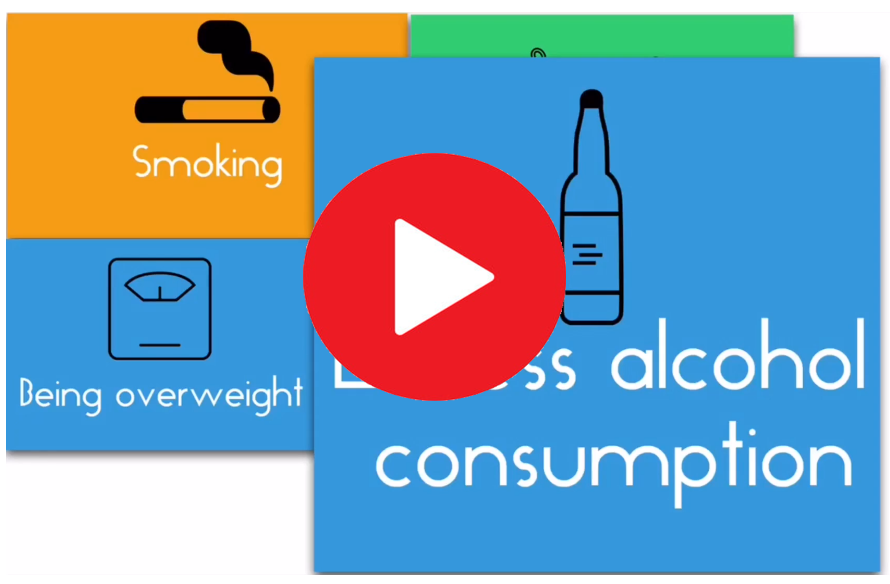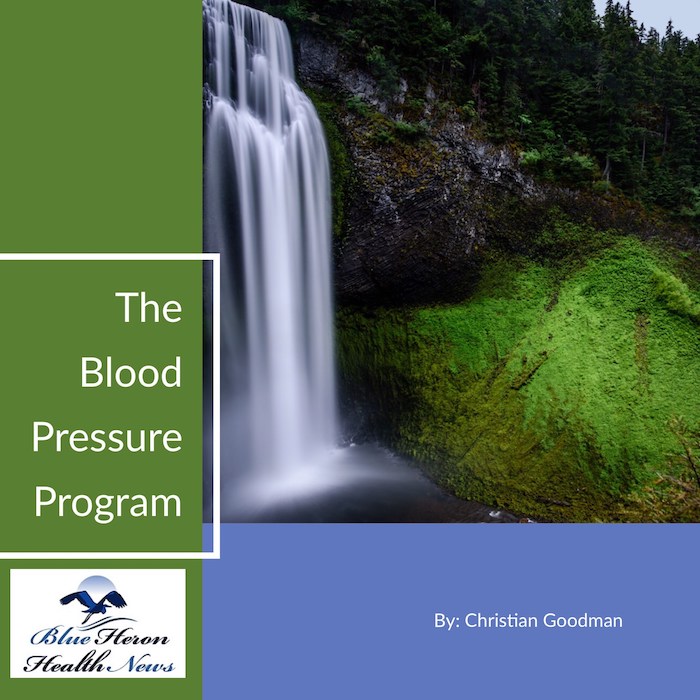The Bloodpressure Program™ By Christian Goodman The procedure is a very basic yet effective method to lessen the effects of high blood pressure. To some people, it sounds insane that just three workouts in a day can boost fitness levels and reduce blood pressure simultaneously. The knowledge and research gained in this blood pressure program were really impressive.
Managing Blood Pressure in High-Risk Occupations
Managing blood pressure in high-risk occupations is critical to ensuring both individual health and workplace productivity. Here’s a guide tailored to the challenges and needs of workers in high-risk professions:
High-Risk Occupations for Hypertension
Certain jobs are more prone to factors that raise blood pressure due to their demanding nature:
- Healthcare Professionals: Long shifts, high emotional stress, and sleep deprivation.
- First Responders: Police officers, firefighters, and paramedics face acute stress and irregular schedules.
- Transportation Workers: Truck drivers and pilots deal with prolonged sitting, disrupted sleep, and limited access to healthy food.
- Construction Workers: Exposure to extreme temperatures, physical strain, and noise pollution.
- Corporate Executives: High-stakes decision-making and long hours contribute to chronic stress.
Risk Factors in High-Risk Occupations
- Work-Related Stress: Chronic stress from deadlines, physical demands, or decision-making increases cortisol levels, raising blood pressure.
- Irregular Sleep Patterns: Night shifts and extended hours disrupt circadian rhythms, affecting heart health.
- Unhealthy Habits: Poor diet, lack of exercise, smoking, or excessive alcohol consumption exacerbate hypertension.
- Environmental Factors: Noise pollution, chemical exposure, and extreme temperatures can strain the cardiovascular system.
Strategies to Manage Blood Pressure
1. Lifestyle Modifications
- Diet:
- Prioritize fruits, vegetables, whole grains, and lean proteins.
- Limit salt to <2,300 mg/day (preferably <1,500 mg).
- Reduce caffeine and alcohol intake.
- Exercise:
- Incorporate at least 150 minutes of moderate aerobic activity weekly.
- Use workplace opportunities like walking during breaks or stretching.
- Weight Management:
- Maintain a healthy BMI through regular physical activity and a balanced diet.
2. Stress Management
- Relaxation Techniques:
- Practice mindfulness, meditation, or breathing exercises.
- Engage in hobbies or creative activities outside of work.
- Work-Life Balance:
- Set boundaries to separate professional and personal time.
- Take regular breaks during shifts to decompress.
3. Medical Monitoring
- Regular Screenings:
- Provide workplace blood pressure checks or encourage annual medical exams.
- Medications:
- For those with diagnosed hypertension, adherence to prescribed antihypertensive drugs is essential.
- Wearable Technology:
- Use smartwatches or portable monitors to track blood pressure trends.
4. Environmental Adjustments
- Noise Reduction:
- Use soundproofing or personal protective equipment (PPE) in noisy environments.
- Climate Control:
- Provide cooling vests or heated clothing to mitigate temperature extremes.
- Ergonomics:
- Ensure proper posture with ergonomic furniture or tools.
Workplace Initiatives to Support Blood Pressure Management
- Wellness Programs:
- Offer fitness challenges, yoga classes, or subsidized gym memberships.
- Include educational sessions on diet, stress, and hypertension.
- Flexible Scheduling:
- Rotate shifts to allow better sleep patterns.
- Provide adequate rest periods between shifts.
- Access to Resources:
- Install onsite clinics or provide telemedicine for easy access to healthcare.
- Stock healthy snacks and hydration stations at the workplace.
- Emergency Preparedness:
- Train staff to recognize and respond to signs of a hypertensive crisis (e.g., severe headache, chest pain, confusion).
Signs of Hypertension to Monitor
- Persistent headaches.
- Shortness of breath or chest pain.
- Dizziness or fatigue.
- Blurred vision or confusion.
Practical Tips for High-Risk Workers
- Use a blood pressure monitor to check readings at the same time daily (e.g., before or after a shift).
- Plan meals in advance to avoid reliance on unhealthy options.
- Incorporate micro-exercises like desk stretches or stair climbing during breaks.
- Maintain a consistent sleep schedule even on days off.
Would you like help creating a specific management plan or exploring tools to support blood pressure monitoring?

The Bloodpressure Program™ By Christian Goodman The procedure is a very basic yet effective method to lessen the effects of high blood pressure. To some people, it sounds insane that just three workouts in a day can boost fitness levels and reduce blood pressure simultaneously. The knowledge and research gained in this blood pressure program were really impressive.
